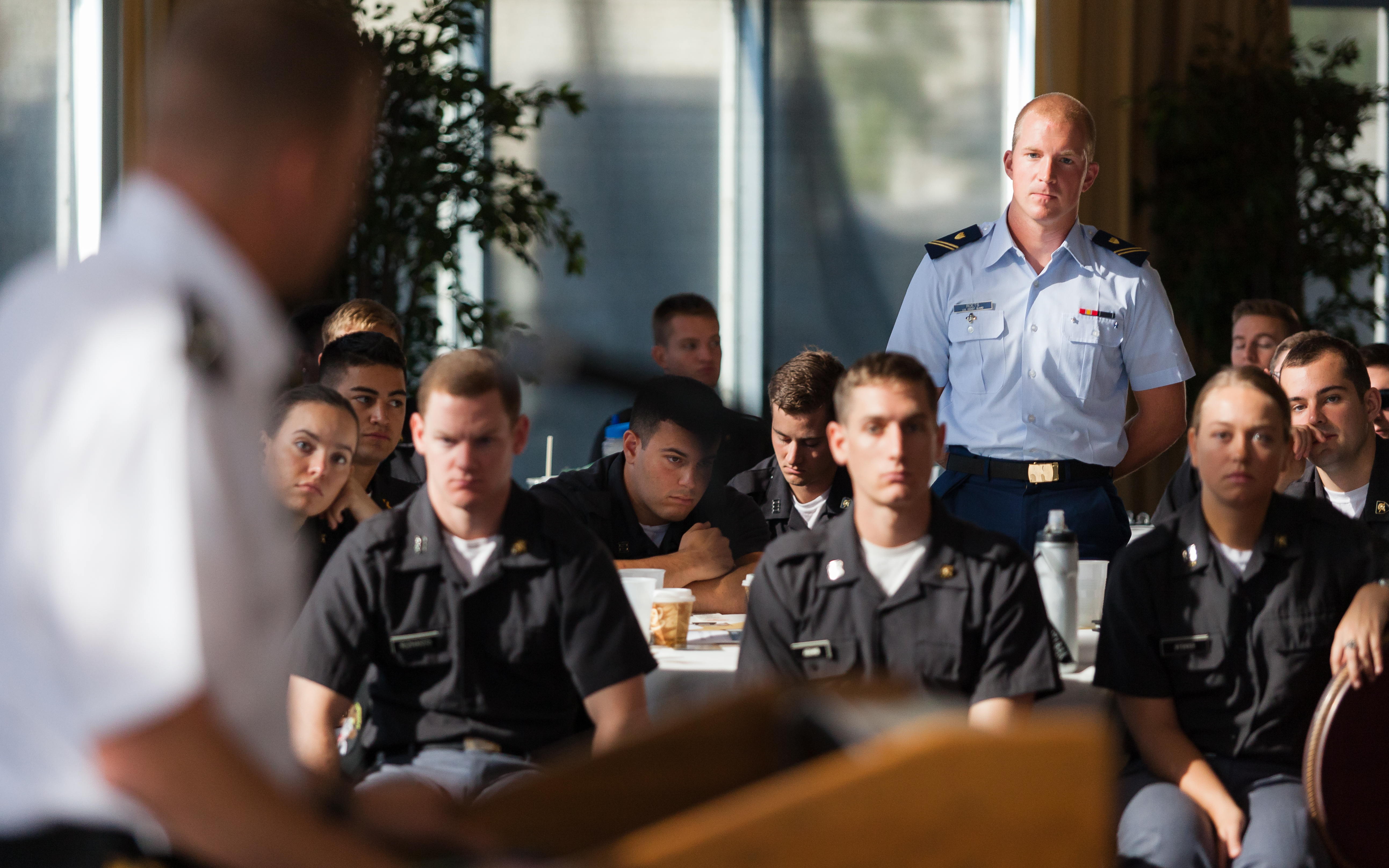#metoo. Brett Kavanaugh. Harvey Weinstein. The past few years have seen a flurry of high-profile cases and political events that have served to increase sexual harassment awareness. They have fueled social movements as people rally to bring the perpetrators to justice, often after years of inaction. The military is no exception: the recent spate of allegations against individuals has prompted a similar effect within the armed services.
Against this backdrop, a nonprofit policy think tank–the Rand Corporation–released a report on Sept. 21, 2018 highlighting similar concerns in the military, a sector that historically has received much less media attention. Based on a 2014 survey of American troops, the report sought to identify the military installations where service members were at greatest risk for sexual harassment and assault. These tended to be locations with a higher number of younger, junior-ranking members, such as training bases in the Army and Marine Corps. The report concluded that women serving on ships at sea were at highest risk for sexual assault. Sexual abuse in the military is often an overlooked problem. An issue that is frequently misunderstood and misrepresented is male-on-male sexual assault. Institutional and systemic policies must be created to encourage victims to come forth without shame or fear of retaliation to ensure perpetrators are dealt with fairly and promptly.
The RAND study found over 500 incidents of sexual assault, many of which had gone unreported. The military has had an unfortunate history of not dealing with sexual assault cases properly. Even in this instance, the Pentagon delayed the study’s publication, citing issues with the study’s methodology and accuracy. Meanwhile, advocates for the report vocalized these concerns were unfounded, and criticized the government for using these excuses to withhold the findings. Don Christensen, an advocate for victims of sexual assault in the military, said “it’s disturbing the Pentagon would hire a reputable firm like RAND and then seek to bury the results because the brass know the numbers make them look bad.”
The United States armed forces have made strides to reduce the stigma surrounding reporting cases of harassment or rape, but military culture, forever caught between aggression and obedience, adds an additional barrier. As psychologist James Asbrand, part of the Salt Lake City’s Veterans’ Affairs PTSD team, says: “It’s not about the sex. It’s about power and control…In a hypermasculine culture, what’s the worst thing you can do to another man? Force him into what the culture perceives as a feminine role. Completely dominate and rape him.” The importance that the military places on stoicism is one factor that discourages many victims from coming forward. The fear of retaliation against a victim who speaks out about abuse is even greater in a military environment than elsewhere. Such retaliation comes in many forms: threats and acts of physical violence against the victim, the ruination of her or his military career, and even dishonorable discharge. According to a 2012 Yale Law School white paper, “the military has a systemic personality disorder discharge problem.” Around 31,000 service members were forcibly discharged for the alleged reason of personality disorders, although research suggests that military officers colluded to falsely diagnose many sexual assault survivors to expel them from the ranks.
The ingrained and revered military hierarchy exacerbates other forms of power imbalances. The structure of the military makes it difficult for even those in command to address assault allegations. Officers are expected to keep their troops disciplined, and reporting a rape within a unit can severely damage the officer’s reputation and chances for promotion. For a lower ranking service personnel, the chain of command poses a even greater threat. As a Marine (name undisclosed) stated, “When a gunnery sergeant tells you to take off your clothes, you better take off your clothes. You don’t ask questions.” His sentiments echo the Rand study findings that junior members have a higher probability of being assaulted. There are also disturbing parallels with the cases commonly found in the media today: Bill Cosby, LA Reid, and many others–men in positions of power who enjoyed their victims’ silences . It took one incident–Harvey Weinstein’s–to open the floodgates and have many other victims step forward; one must wonder what will be the catalyst for the military cases.
In recent years, the military has made strides to increase awareness of sexual assault in its ranks, but even some of these campaigns are flawed. Sexual assault prevention training has long focused on male perpetrators and female victims, but Congressional data shows that more than half of victims are men. The Army has made progress toward tackling male-on-male sexual violence, by creating a “male survivor tour” as part of the Sexual Harassment and Assault Response and Prevention (SHARP) office. Conceived of in 2016, the program was tabled by the current administration, but is starting up again. In 2019, SHARP will show additional portraits “paired with male survivors and/or subject matter experts who will dialogue with audiences about male victimization, the unique characteristics of male sexual violence, and how the Army supports survivors.” Another concern, considering the reluctance of victims to come forward, is the channel through which sexual harassment and assault can be reported in the military. A victim may make a “restricted report,” which only notifies certain individuals and allows the victim to obtain medical attention (care, counseling, etc) without requiring an official investigation. However, it is not always possible to file a restricted report; a victim would have to make an “unrestricted report.” This releases her or his information to more personnel and gives their commander discretion in dealing with the circumstances. This may prompt an investigation or even penalize the victim for crimes related to the assault, such as underage drinking or fraternization. This all constitutes a severe breach of trust and privacy, and policies and procedures should be implemented to combat this.
Image: “140918-A-AO880-108”
